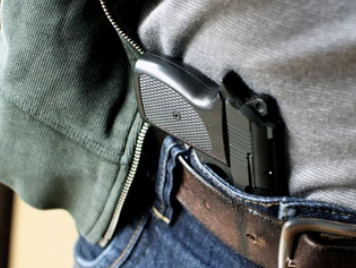

- Ref # CAB00160
- June 25, 2022
Second Amendment Update; New York’s Restrictive Permit Requirements
By Robert Phillips, Deputy District Attorney (Ret).
Second Amendment Update; New York’s Restrictive Permit Requirements.
A statute that requires a “special need” to carry a concealed pistol or revolver in public violates the Second and Fourteenth Amendments to the U.S. Constitution.
The United States Supreme Court just struck down an arguably overly restrictive New York statute that made it a crime to possess a firearm without a license outside one’s home. The new case is New York State Rifle Association, Inc., et al. v. Bruen (June. 23, 2022) __ U.S.__ [__ S.Ct. __; __ L.Ed.2nd __; 2022 U.S. LEXIS 3055]. Pursuant to New York’s statute (N. Y. Penal Law Ann. §400.00), an individual who wants to carry a firearm outside his home would have to obtain an unrestricted license to “have and carry” a concealed “pistol or revolver,” such a license being available to that person only if he or she could show that “proper cause exists” for doing so. (Italics added; Subd. (2)(f )) An applicant was able to satisfy the “proper cause” ....






